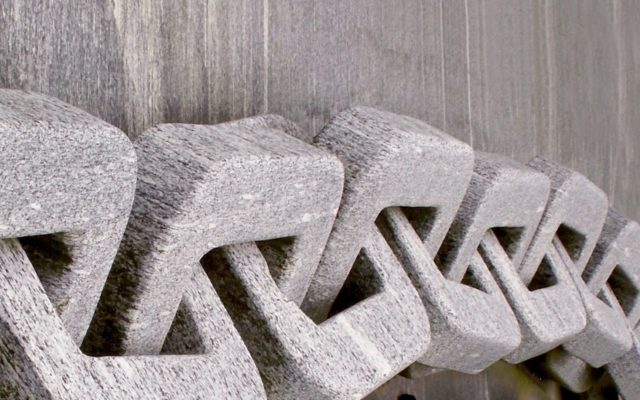Secure and transparent distributed ledger technology eliminates the need for a central authority or clearing house by giving each participant in the network its own copy of the ledger and allowing communication between participants. Blockchain technology represents the potential for companies to cut costs and effectively manage data while lowering the chances of fraud. This common network protocol allows transactions to be executed quickly and digitally track ownership of the assets.
Blockchain Definitions
- The Wall Street Journal: A blockchain is a data structure that makes it possible to create a digital ledger of transactions and share it among a distributed network of computers. It uses cryptography to allow each participant on the network to manipulate the ledger in a secure way without the need for a central authority.
- Investopedia: A blockchain is a public ledger of all Bitcoin transactions that have ever been executed. It is constantly growing as ‘completed’ blocks are added to it with a new set of recordings. The blocks are added to the blockchain in a linear, chronological order.
- Wikipedia: A blockchain s a distributed database that maintains a continuously-growing list of records called blocks secured from tampering and revision. Each block contains a timestamp and a link to a previous block.The blockchain is a core component of the digital currency bitcoin—conceived in 2008 and first implemented in 2009—where it serves as the public ledger for all transactions. In the bitcoin case, every compatible client is able to connect to the network, send new transactions to it, verify transactions, and take part in the competition to create new blocks.The competition creating new blocks is known as mining. The bitcoin design has been the inspiration for other applications.
Bitcoin the currency, I think, is going to go nowhere … The blockchain is a technology which we’ve been studying, and yes it’s real, it can probably reduce the cost of doing business. If it proves to be cheap and secure, it would be adopted for a whole bunch of stuff.
— Jamie Dimon on CNBC
5 Compelling Blockchain Statistics (as of November 4th, 2016)
- The average USD market price across major bitcoin exchanges is $705.
- There are 9,640,590 Blockchain wallet users.
- The total USD value of trading volume on major bitcoin exchanges is $14,017,411.
- There are 15,969,025 bitcoins in circulation.
- The total USD value of bitcoin supply in circulation (as calculated by the daily average market price across major exchanges) is $11,320,441,823.
Cryptocurrencies and the notion of the digital ledger of payment transactions has spawned an industry in its own right. Bitcoin has been fast followed by the likes of Ripple, Quark, Nxt, Mastercoin, Auroracoin, Dogecoin, Freicoin, Litecoin, Peercoin, Primecoin, and Namecoin, to name a few.
However, the peer-to-peer electronic financial system is but one use case that represents the potential of blockchain. Others include:
- Smart contracts. Enablement of an automated and decentralized contract application platform that utilizes blockchain to execute agreements as discreet and safe micro-transactions without a central hub. The potential for application of such a system is vast including industries like insurance, asset management, real estate and law. Firms like Rootstock, Roboadvisor and Ethereum have eliminated the need for the costly back office are already making strides in the smart contracts space.
- Electronic or digital assets. Building infrastructure on top of the blockchain to facilitate permissioned protocols has many potential uses including things like sharing frequent flyer miles, transferring ownership of land, car or asset titles and stock transferrance. Early entrants and firms prototyping experiences in this space include Chain and the NASDAQ.
- Identity or security. Utilizing blockchain identification to access applications, websites or other sign-in experiences can enhance security. Two firms focused on blockchain authentication to verify data include Keybase and Onename.
Take Aways
- The success or failure of blockchain technology will directly correlate to individuals or customers trusting the system that is utilized to deliver the solutions.
- Blockchain technology has the potential to dis-intermediate finance, legal and other aspects of the market like the selling of products. Education, adoption and embracing the change will determine the sustainability of the trend.
- Firms interested in blockchain should begin the education and creation phases to learn and grow. Prototyping experiences and talking to real customers will help to validate whether the approach is salient to your business and how your customer perceives this new and disruptive technology.
Read more by Mark Hewitt, here
Article by channel:
Everything you need to know about Digital Transformation
The best articles, news and events direct to your inbox
Read more articles tagged: Blockchain, Featured







